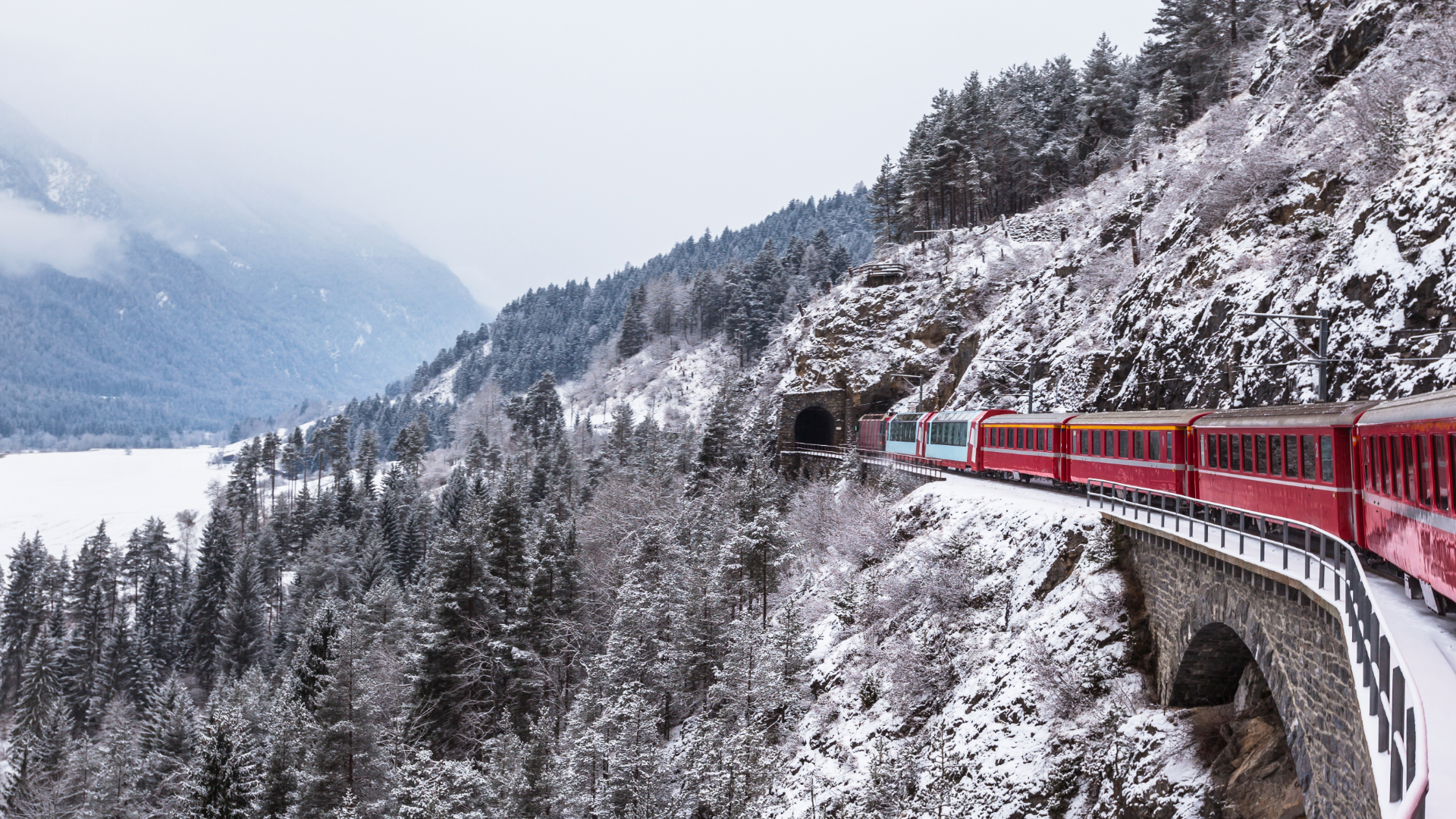- Experiences & Adventure

In the desert, everything we usually take for granted becomes precious. Infinite, blazing horizons and paths that can change with a gust of wind make it one of the most challenging and disorientating environments we can ever experience.
Nature holds all the power here, where no amount of modern comforts can aid us. We must rely on those who have studied the sand for generations, and place our trust in ancient methods of travel and survival instead.
Namibia’s Skeleton Coast is one of the most sublime yet unnerving expanses on earth. Even its own indigenous San people call this 500-kilometre stretch of shoreline ‘the land that God made in anger’, because, still today, its churning elements make it resistant to human habitation. The moniker ‘Skeleton Coast’ is thought to have been whispered by mariners, for whom this perilous place is the stuff of ghost stories. The sand and sea constantly pulsate and evolve, swallowing up whale skeletons and shipwrecks and spitting them out again, reminding us of its relentless power. Around 500 vessels are thought to have met their end here, and their wrecks offer a history of boatbuilding that spans centuries.
While desolation prevails in north-west Namibia, there are still some magnificent creatures who call it home. Desert-adapted elephants, lions, brown hyenas and giraffes can be seen replenishing at a waterhole near the Hoanib River. Front-row seats to the spectacle can be found at Wilderness Hoanib Skeleton Coast Camp, a crescent-shaped beacon of tented suites that sits inconspicuously next to the oasis. It’s easy to understand how the animals have adapted for survival when there’s a resident researcher to tell you.
The elephants have smaller bodies and broader feet than their East African relatives, helping them to survive without water for up to three days. While Hoanib lions and giraffes rarely drink at all, getting all the moisture they need from their food. Back in camp, the wildlife education continues at the Research Centre, which is hidden among the olive-toned tents. The camp is designed to blend into the landscape, leaving it as unaltered as possible. At night, those relaxing in a solar-powered suite with a warming nightcap might even hear the unmistakable call of a jackal puncture the stillness of the desert night; a reminder of the untameable surroundings.
Further inland, down the Hoanib River, is the Natural Selection Hoanib Valley Camp set amid teetering mountains and untouched dunes. It is so remote that it neighbours the settlements of the cattle-herding Herero people.
They settled in northeast Namibia in the 1500s, however they faced tragedy and genocide at the hands of German colonisers in the early 1900s. Such an experience has only served to make this community more resilient, and they can be recognised by their striking Victorian-style dresses and headscarves that resemble the horns of their livelihood – the sacred cow.
Meeting them is like stepping into a unique time capsule. They share their stories of survival in such a harsh climate, working the land for crops and tracking animals. The latter can be put into action with the help of a guide; endangered rhino and a myriad of other desert dwellers can be sought out the Herero way. Afterwards, tall tales can be told after dark around the torch-lit camp fire or by morning on the deck of the plunge pool.
Meanwhile, the Namib Sand Sea, a UNESCO World Heritage Site in the south of the Namib Desert, presents vistas bathed in fog that could be mistaken for apparitions. Through a private gate from Wilderness Little Kulala camp, footsteps will lead you straight into the salt pan of Sossusvlei, which is surrounded by imposing martian dunes, stained rust red. A hike up the 300-metre peaks reveals life-affirming panoramas of the tranquil white valley below.
From camp, taking to the skies in a hot air balloon turns into another extraordinary escapade. The perspective of the arid landscape is astounding, particular of Deadvlei. This white clay pan is home to preserved camel thorn trees that emerge eerily from the parched ground. Thought to be 900 years old, these sculptural wonders are just another example of how the oldest desert in the world has overpowered those who dare to conquer it. Floating silently above the painterly terrain, where ant-like herds of game might disturb the otherwise untouched surface, encourages a soul-stirring moment of reflection.
Despite the rest of our planet’s seemingly constant metamorphosis, in the formidable Namib Desert, history is preserved and time seems to almost stand still. Witnessing the wilderness like this leaves a deep admiration etched into the hearts of those that see it – forever.





